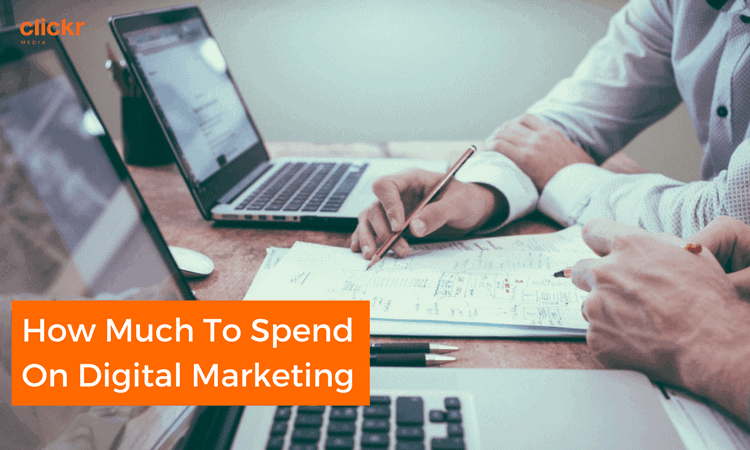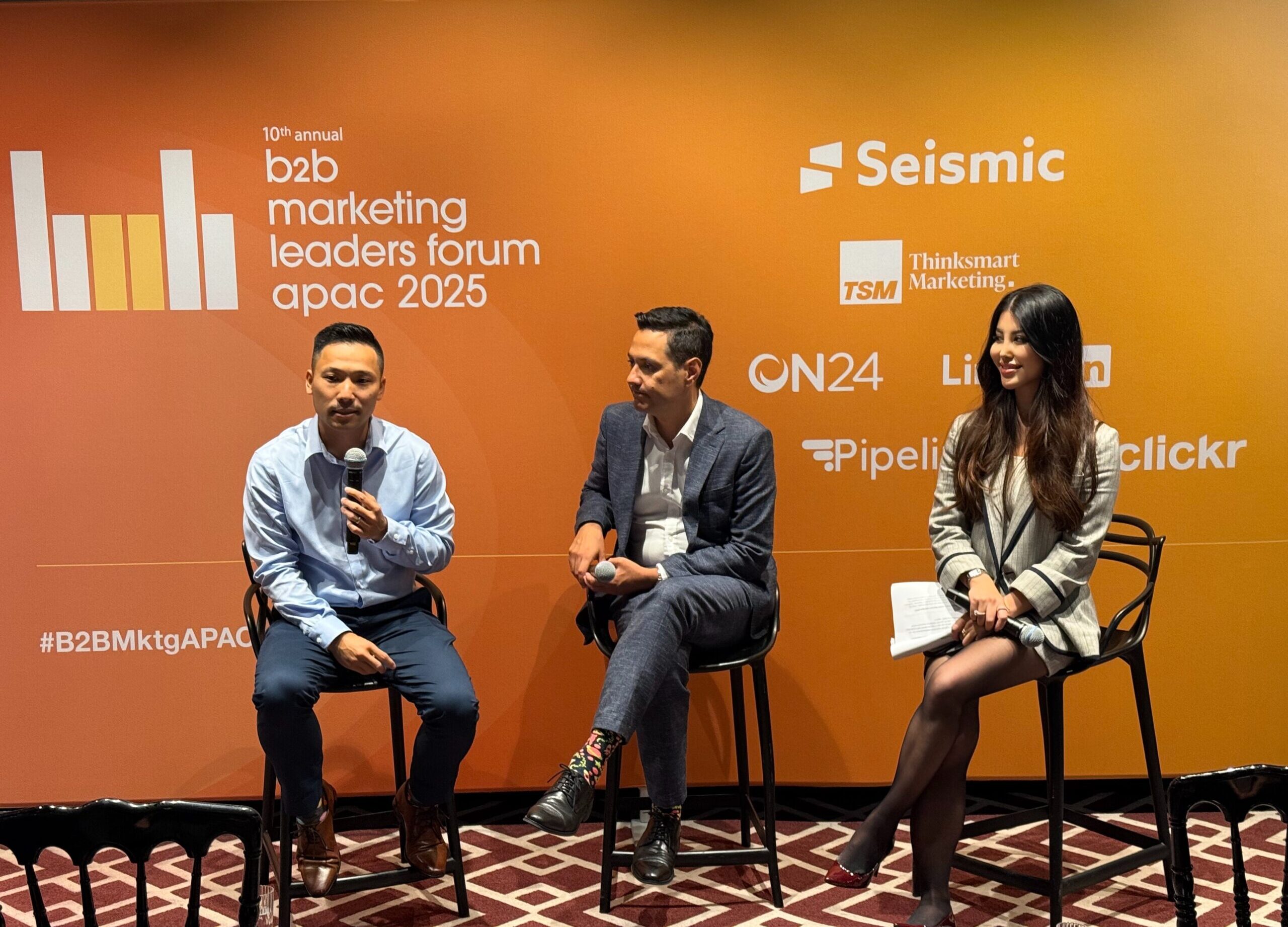(function () { var e = document.createElement(‘script’); e.type = ‘text/javascript’; e.async = true; e.src = (‘https:’ == document.location.protocol ? ‘https’ : ‘http’) + ‘://btn.createsend1.com/js/sb.min.js?v=3’; e.className = ‘createsend-script’; var s = document.getElementsByTagName(‘script’)[0]; s.parentNode.insertBefore(e, s); })();
Stay Updated With Digital Marketing News & Trends
This is a continuation from the previous article on how to choose your online media platform and goal setting for your digital marketing campaigns. In this article, I will share how to plan your digital marketing budget on key digital marketing activities.
Plan Your Digital Marketing Budget
Here’s how marketers have planned to split their digital marketing budget is 2017. Not surprisingly, content marketing and social media engagement are on the top of brands’ digital marketing activities.
Content Marketing
There is longevity in content. If you own a shoe business and wrote a blog post 10 years ago about the health benefits of wearing comfortable shoes, that piece of content is still relevant today and you could still get new audience to read it. Content can build brand persona and increase brand credibility.
Video content has been around for a long time. In 2009, Forrester Research released the results of their experiment that videos were 50 times more likely to receive an organic first-page ranking than traditional text pages. Fast forward to today, technology advancement and evolved Internet infrastructure has made people more engaged with videos and marketers are reacting to the change in user behaviour.
According to the IAB, media buyers are spending 67% more on video marketing than they did in 2015. In total, video makes up 56% of digital budgets. A survey showed 74% of marketers are preparing themselves with more video content, amongst other content type such as infographics.
Other than videos, photos, infographics, GIFs, are also content types you could use to engage their audience.
Infographic design and conceptualization by professional designers can cost from S$800 per infographic in Singapore, depending on the complexity. If you are looking at something simple and basic, you can consider options such as Piktochart and Canva.
Be cautious with having large content on your website though, because the longer the website takes to load, the higher the exit rate.
Social Media
With the rise of social media adoption over the years, social media has become the natural choice of platform for marketers to amplify content. Users share information about themselves on social media (e.g. age, interests, etc.), and that makes it easier for marketers to reach the right audience.
Users expect to read random content on social media – you could be congratulating a friend on her newborn in one moment, and watching a video on interesting desserts the next. Marketers today are presented with a new set of challenges of not just standing out from their competitors, but also creating engaging content to stand out from the noise and clutter on social media.
To plan your budget for social media marketing, first consider who is going to manage the social media account – an agency, a dedicated headcount, a team, etc. The nature of your organisation is a big factor in this case. For example, if you are an airlines company, you will need a social media marketer available 24/7, but that is not necessary for a local cafe at a neighbourhood estate.
Secondly, consider how frequent you want to post and the type of content you want to post. (Quick tip: you should post no less than 3 times a week to remain top-of-mind and engage your audience on social media.) The type of content depends on your audience, for example, younger audience may prefer infographics over long form content because they prefer to consume content quickly.
Lastly, consider how many people you want to reach with your post. Do you want to reach only your fans, friends of fans, or a wider pool of audience? Once you know what you want to achieve on social media, it is easier to calculate the budget required to reach it.
Paid Advertising
Instead of wrecking your head on how much to invest, set a goal on what you want to achieve. Historical data on past campaigns can help you plan a budget. For example, if you have ran a search campaign with 5% conversion rate at $1/click, you’ll have sufficient data to work backwards.
Quick Example:
Goal = 100 downloads
2,000 visitors = 100 downloads (5% conversion rate)
2,000 visitors x $1/click = $2,000
After you’ve worked out a budget, calculate if the CPA makes sense to invest that much in that platform.
Cost-Per-Acquisition = $2,000/ 100 downloads = $20
While you should invest some dollars in advertising, you should not be boosting all your content or rely on paid media for all your traffic. This is because a good piece of content should have organic growth from people sharing it.
“Today, a lot of brands have 100% paid strategy but this is not right. What brand marketers should be trying to achieve is a nice split between healthy organic reach and paid activity to accomplish objectives.”
– Moses Velasco, chief product evangelist of Social Bakers.”-
Landing Page Optimisation
If you are focused on conversions and lead generation, this is an important part of your campaign. Driving conversions is not just about driving traffic with paid ads or an attractive promotion. It is also the user experience that leads your customer to take an action.
There are solutions as low as $100/month to optimise your landing page, depending on the number of pages required.
Email Marketing
In my opinion, this is one of the most direct yet cost-effective ways to reach your audience. Depending on your business needs, it can be free to send; check out Mailchimp and Campaign Monitor.
I highly recommend you to grow your own email database over renting or buying database to increase the success rate of your email marketing campaign. Users who sign up to be part of your database are definitely more receptive to buy something from you than someone who hasn’t heard of your brand.
Till next time! 🙂
(function () { var e = document.createElement(‘script’); e.type = ‘text/javascript’; e.async = true; e.src = (‘https:’ == document.location.protocol ? ‘https’ : ‘http’) + ‘://btn.createsend1.com/js/sb.min.js?v=3’; e.className = ‘createsend-script’; var s = document.getElementsByTagName(‘script’)[0]; s.parentNode.insertBefore(e, s); })();
Stay Updated With Digital Marketing News & Trends






